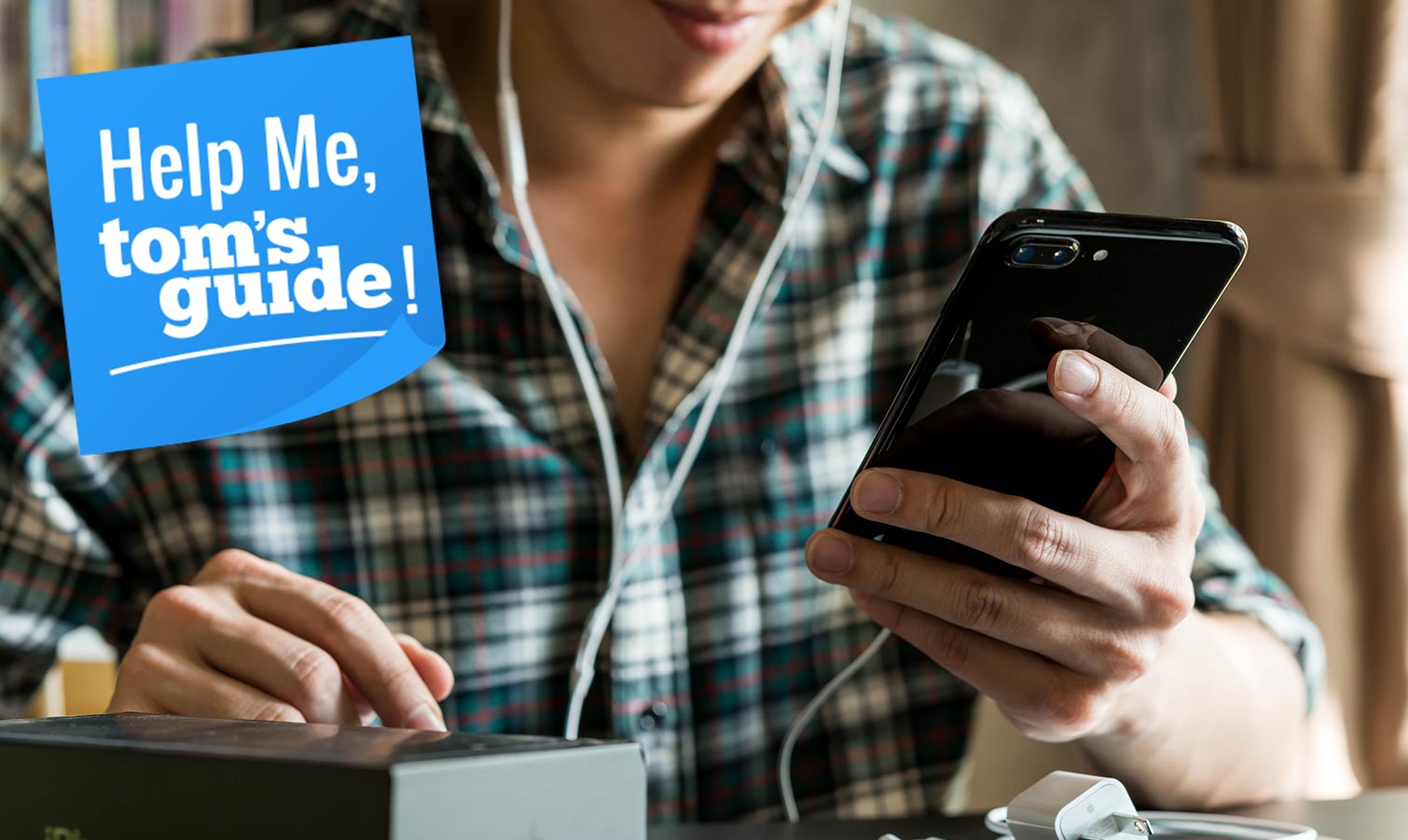Help Me, Tom’s Guide: How Do I Get Better Wireless Signal at Home?
Are you having a hard time getting good cell phone coverage in your home? Before you do anything else, give your carrier a call.

Moving to a new place can bring a lot of changes. You have to learn where all the best local businesses are. You've got to get used the various quirks about your new home or apartment. And you might just find that your wireless service is a lot less reliable than at your old place.

That's what forum user Tam213 discovered after a big move that left her Verizon phone without any sort of signal.
It's true that you can use a signal booster to improve the cellular coverage inside your home. In the case where you have no coverage whatsoever, a better option would be a femtocell, which is essentially a mini cell-phone tower for your home. You plug it into your router and, ideally, get a much-improved signal for your cellular service.
Before you start shopping for third-party femtocells, though, contact your cellphone service provider. Your carrier will likely have a recommended device that can boost its signal in your home. And often, you can get that device for free or for a nominal one-time fee when you go directly through your carrier. From the carrier's standpoint, it's better to loan out a femtocell than lose a subscriber to a rival.
MORE: Who Is the Best Wireless Carrier?
T-Mobile, for example, offers its customers the 4G LTE CellSpot, a minitower they plug into their router to provide around 3,000 square feet of coverage. Qualified customers can get the CellSpot with a $25 deposit, and there's no monthly fee.
Sprint offers a couple of free options to its customers. Airave boosts voice and 3G data service 5,000 square feet of coverage, connecting to your home broadband service. Wi-Fi Connect is an 802.11ac router that features Sprint-specific firmware for optimizing Wi-Fi calling. And the company just unveiled Magic Box, a standalone LTE device that boosts cellular signals both inside and outside the home. (You have to be a qualified customer and register with Sprint to get a Magic Box.)
Speaking of Wi-Fi calling, that's another way to deal with spotty cellular coverage. All four major carriers now support Wi-Fi calling, which lets you make calls and send text over a wireless internet connection. (Here's how Wi-Fi calling works on Verizon, for example.) Several discount carriers, including Republic Wireless, TextNow and Google's Project Fi make extensive use of Wi-Fi networks to help you save money on your monthly cellphone bill.
Need tech advice? To get answers fast, head straight to the Tom's Guide Forums for the latest tips from our resident experts and fellow members. You can also comment on this article or email us directly at helpme@tomsguide.com.
- The Phone Carriers with the Best Customer Support
- Verizon Phone Plan Buying Guide
- The Fastest Wireless Network: Verizon Takes the Top Spot
Get instant access to breaking news, the hottest reviews, great deals and helpful tips.
Philip Michaels is a Managing Editor at Tom's Guide. He's been covering personal technology since 1999 and was in the building when Steve Jobs showed off the iPhone for the first time. He's been evaluating smartphones since that first iPhone debuted in 2007, and he's been following phone carriers and smartphone plans since 2015. He has strong opinions about Apple, the Oakland Athletics, old movies and proper butchery techniques. Follow him at @PhilipMichaels.
-
On the coast I like the in home boosters, but it assumes you have high speed internet. Not everyone does. I have installed dozens of in home/business boosters. Sometimes they are the best answer. The boosters are not brand specific, so if you want to change carriers or a friend comes over, they have coverage too. Just remember, steel roofing cuts your signal. Sometimes hiring a professional really is worth it. I never had any booster returned I installed. I had three returned because they would not follow directions or the poor antennas included were not up to the job. Yes, antennas are critical and you get what you pay for. Why pay $400-500 for a phone and expect a booster to increase your signal if it only costs $200? It won't, so spend some money on a good unit. Budget $500-800. You can move this booster to your RV for more range also.Reply

